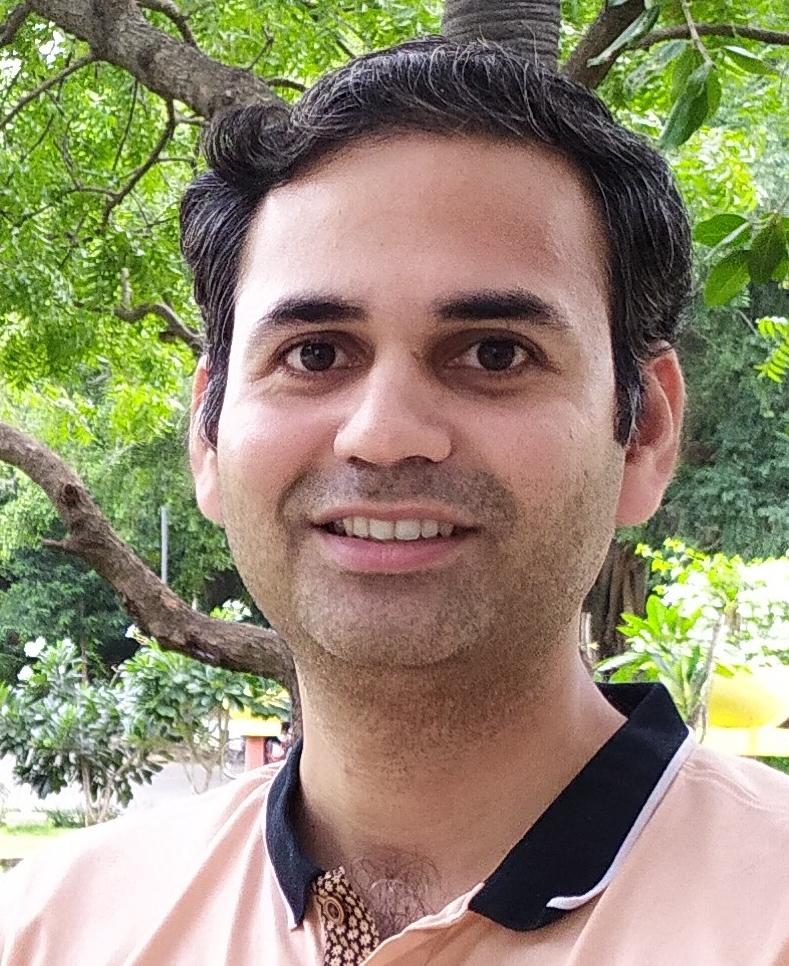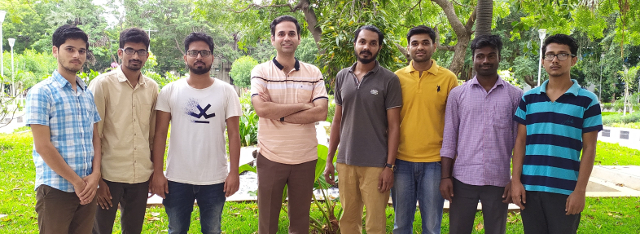HPCE Highlight

|
Kameswararao AnupindiDepartment of Mechanical EngineeringAreas of interest: Eddy-resolving methods, lattice Boltzmann methods, simulation of turbulent flows and heat transfer, biological fluid dynamics. |
Kameswararao Anupindi is currently an assistant professor in the Department of Mechanical Engineering at IIT Madras. He obtained his Ph.D. from Purdue University, USA in Mechanical Engineering. After completion of his Ph.D., he worked as a post-doctoral researcher at Oak Ridge National Laboratory, Tennessee, USA. Further, he worked as a research fellow in the aerodynamics and flight mechanics group at the University of Southampton, England for two years, before joining the institute. His research interests include, eddy-resolving methods for the simulation of turbulent flows and heat transfer, lattice Boltzmann methods, and biological fluid dynamics.
How does your group keep HPCE cluster busy?
Our group at IIT Madras, performs simulations of turbulent flows and heat transfer that are typically encountered in engineering applications such as turbine blade cooling, flows in rotating enclosures etc. These simulations require few tens of cores to hundreds of cores of computing power, to obtain results in a meaningful amount of time. Fortunately, all the codes we develop and use are parallel in nature, which can be efficiently run on the HPCE cluster.
How do you see HPCE landscape in the domain of your research area change over the years?
In the domain of computational fluid mechanics, the HPCE has come a long-way maturing from legacy serial codes to distributed-memory based parallel codes. The parallel programming paradigm has further percolated into the computational fluid mechanics community in terms of shared-memory parallelization, distributed-memory parallelization, use of hybrid and heterogeneous hardware, and recently the use of graphical-processing-units. The availability of power computational facilities has, to some extent, furthered the use of mesoscopic methods such as lattice Boltzmann methods over the conventional simulation methods.
What would you suggest to new faculty members and new students in your research area?
My suggestion would be that, with access to existing facilities itself, a variety of interesting applications that are of practical relevance can be studied. Although, the HPCE landscape is ever-changing in the computational fluid mechanics area, one should exercise caution in porting over to a new technology and weigh-in several parameters before making the switch. Further, the researchers working in the area should try to reduce the problem complexity as much as possible so as to reduce the demands on the computational power. Despite the fact that high-performance computational facilities are/will be available to all researchers, one should try to write as optimized codes as possible which will certainly yield several benefits when combined with the power of high-performance machines.
HPCE Highlight showcases the work of IIT Madras faculty members and their groups in High Performance Computing. It is powered by HPCE, Computer Center, IIT Madras.
